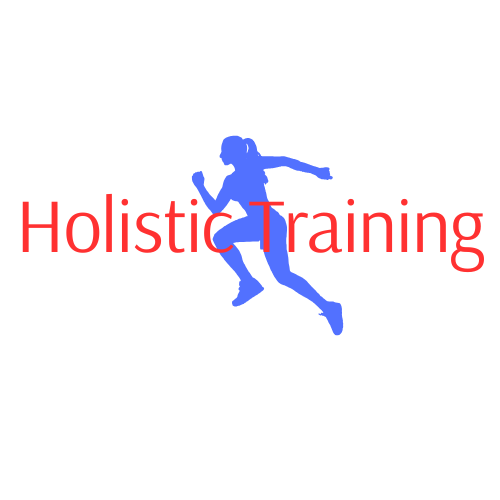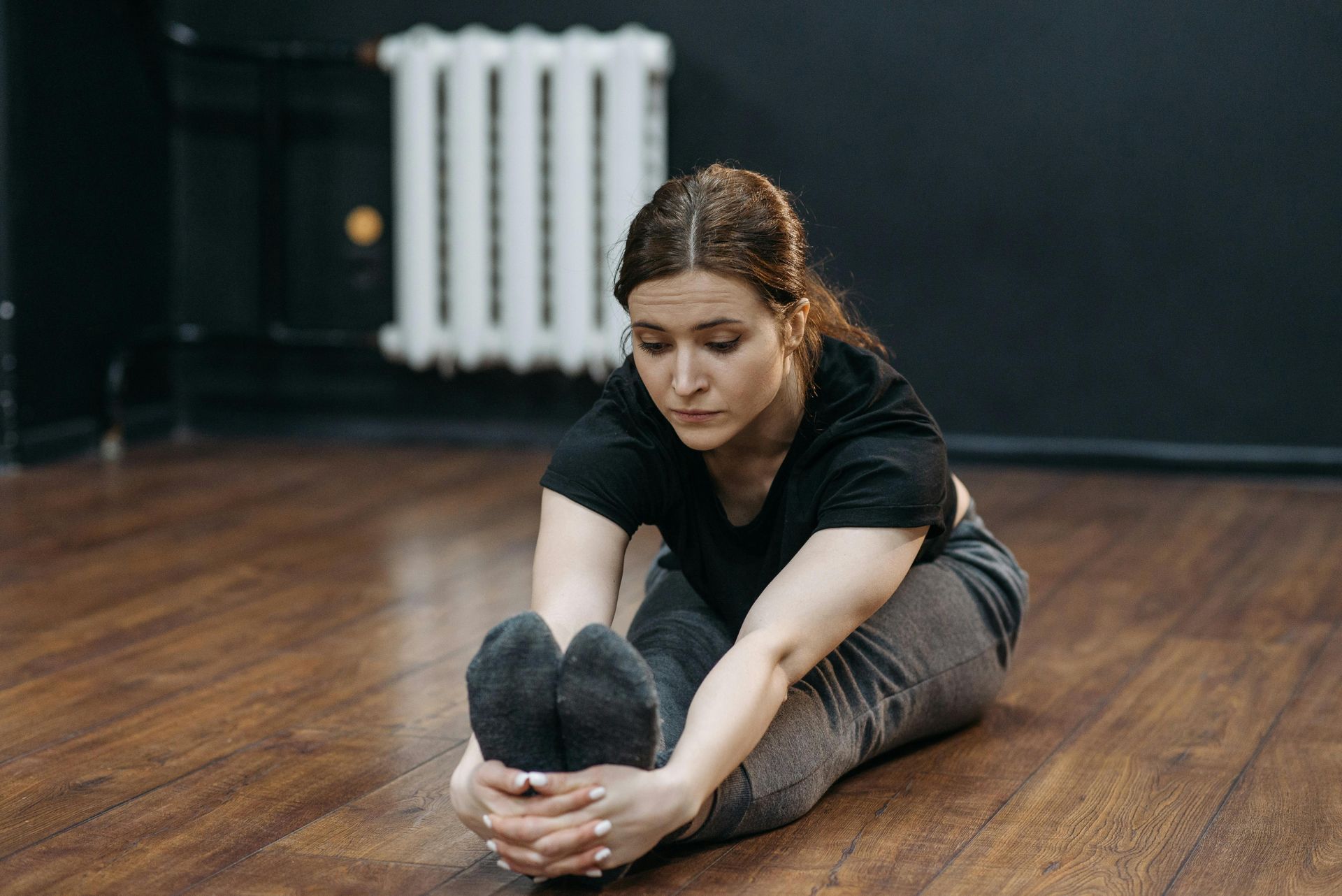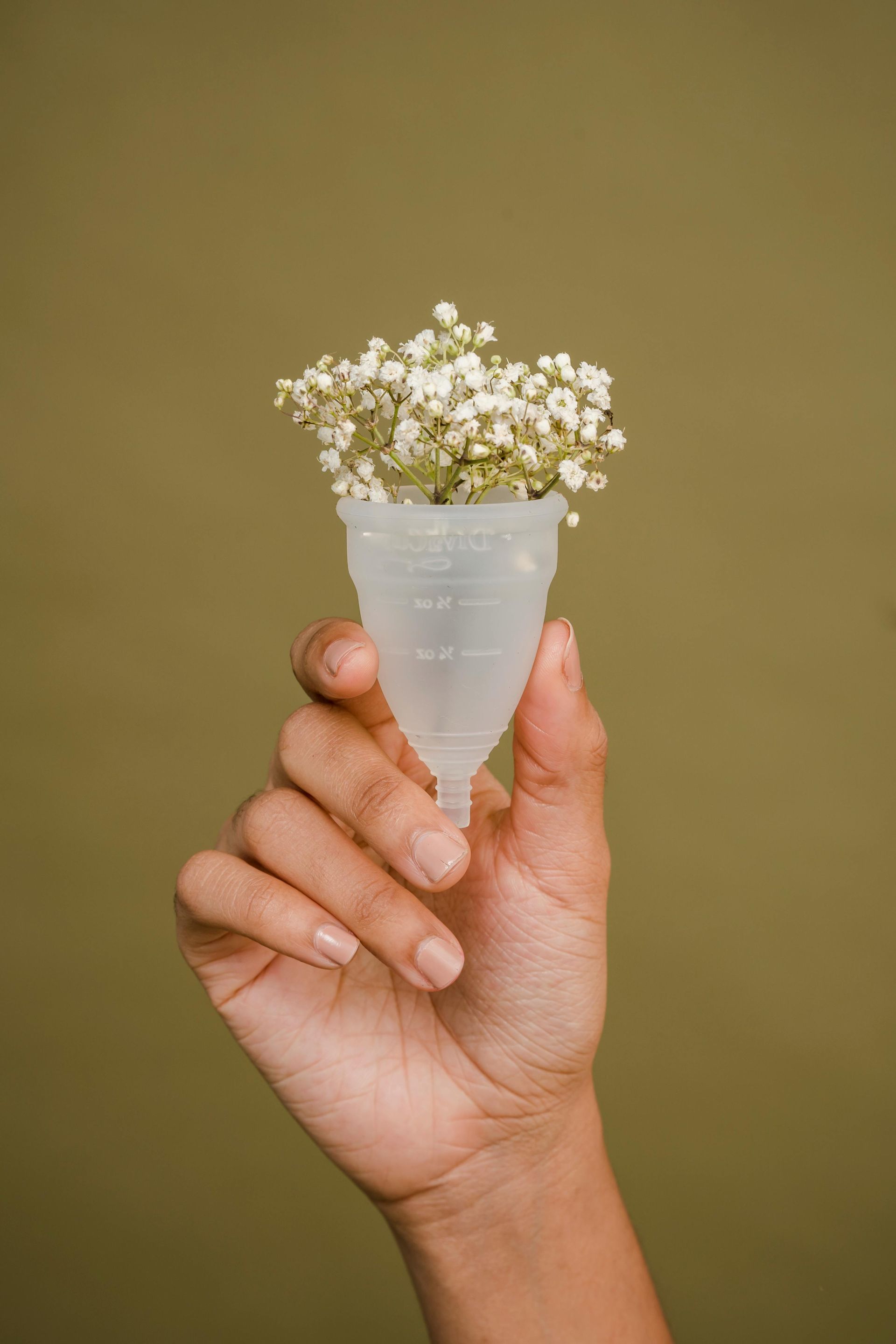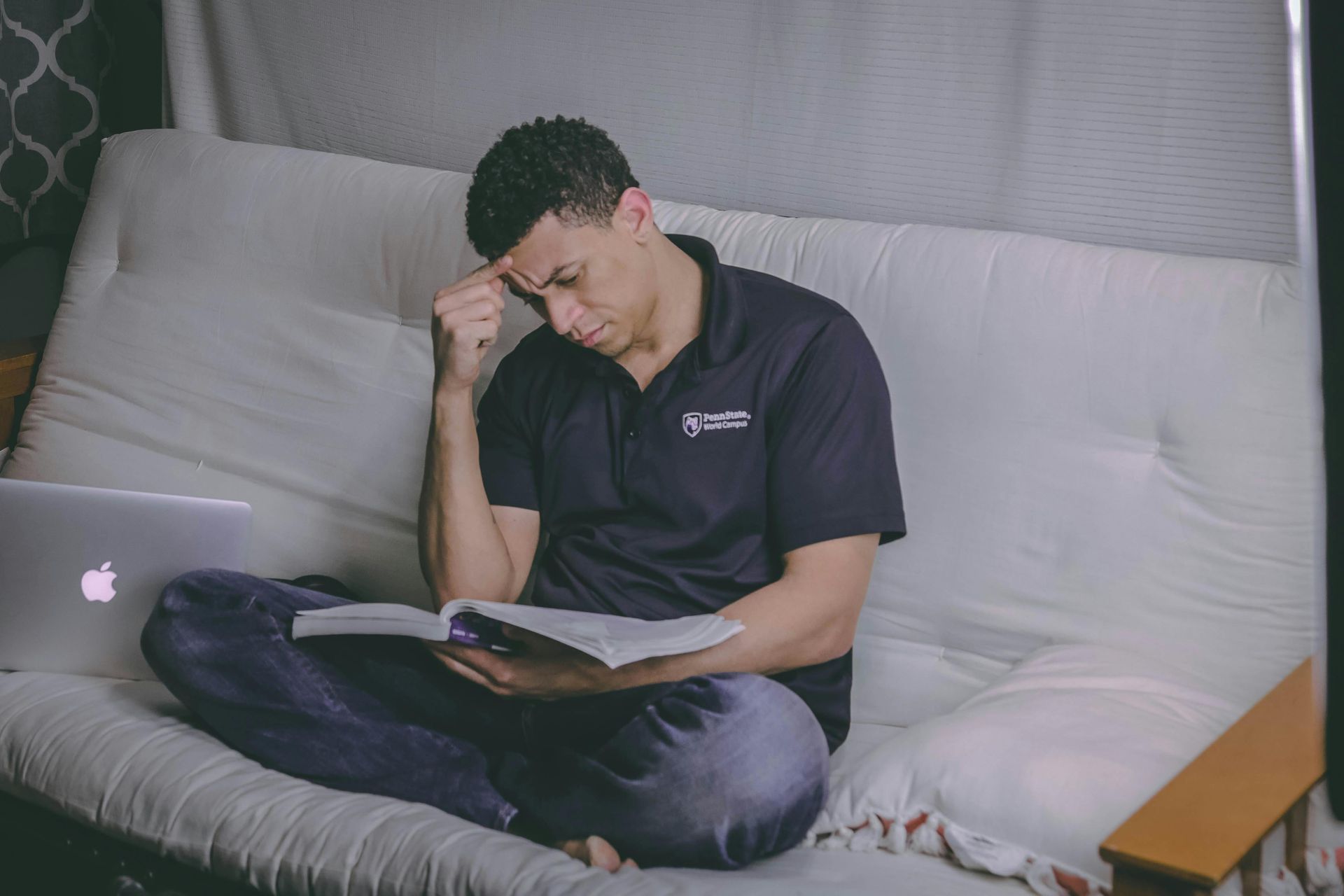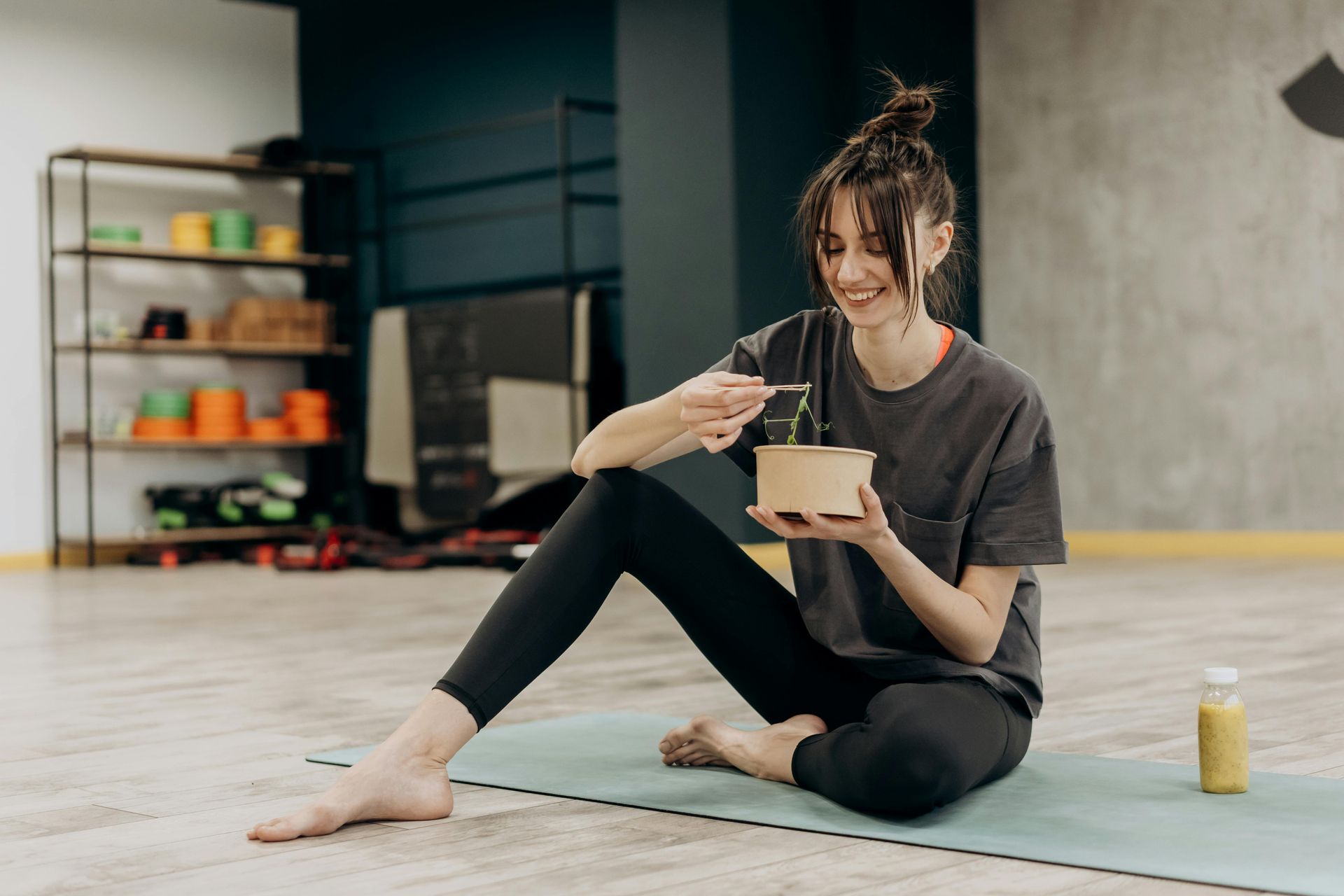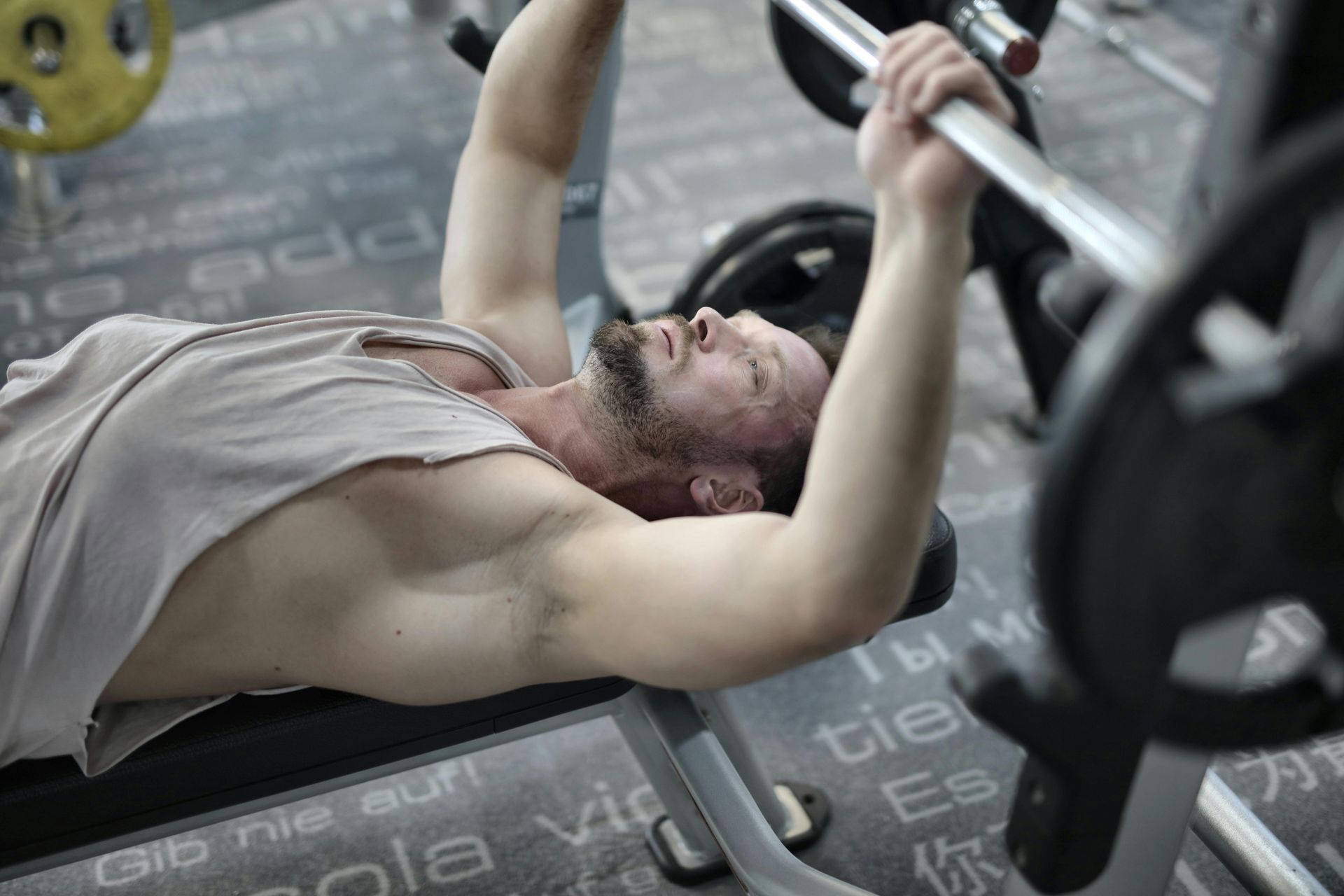Swim Stronger: A Masters Swimmer's Guide to Resistance Training
How to use resistance training to take your swimming and life to the next level
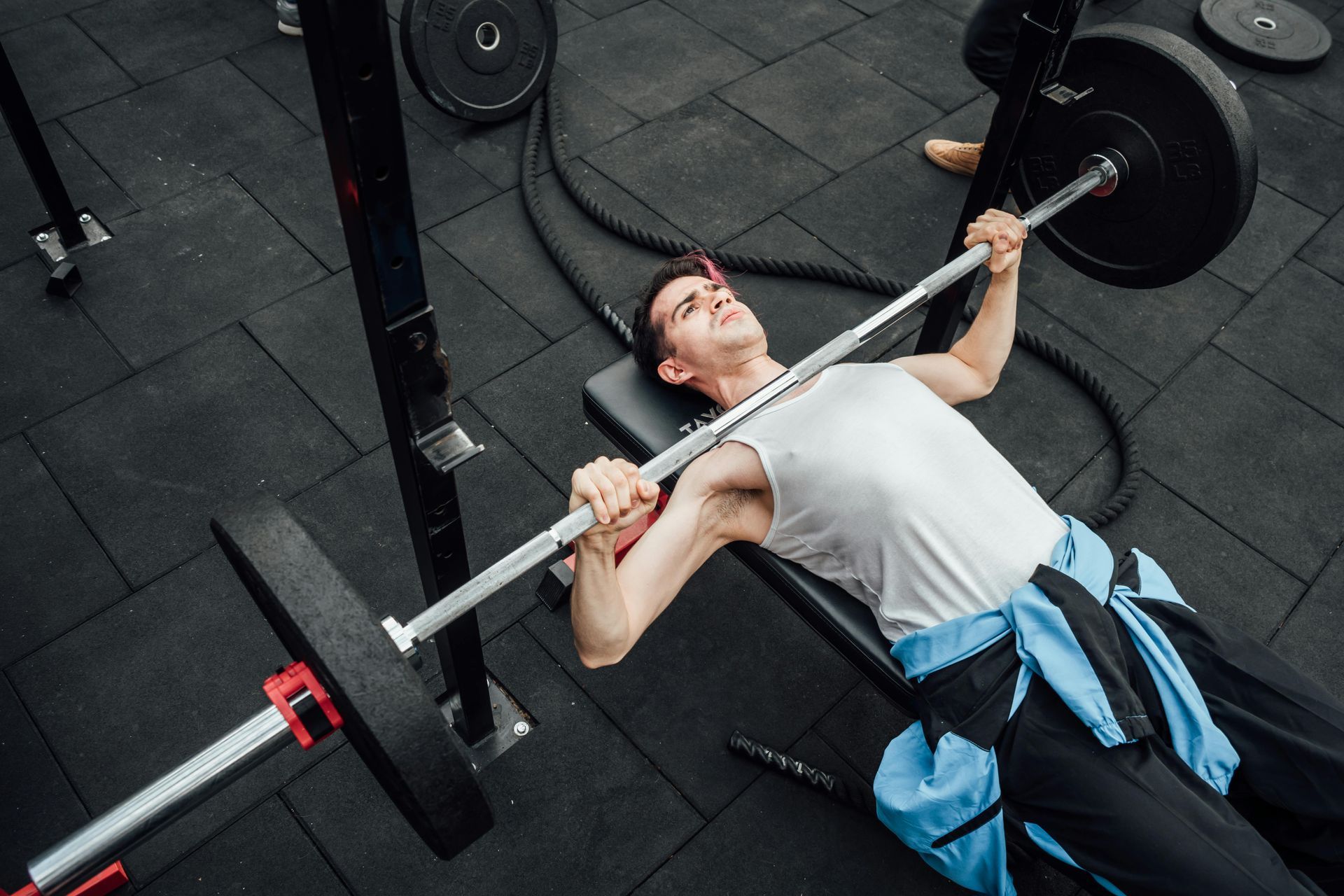
Swimming is a lifelong sport, offering incredible cardiovascular benefits and a low-impact environment. But for masters swimmers, adding resistance training to your routine can unlock new levels of performance, prevent injuries, and enhance overall well-being both in and out of the pool.
As we age, maintaining muscle mass, bone density, and joint health becomes increasingly important. The risks of developing sarcopenia and osteoporosis are real and resistance training (what many swimmers refer to as “dryland training”) directly addresses these needs, providing a powerful complement to your time in the water. Forget the Images of competitive powerlifters and bodybuilders; effective resistance training for masters swimmers focuses on strength, stability, and injury prevention (and a little bit of muscle growth) tailored to the demands of swimming and daily life.
Why Dryland Matters: The Benefits for Masters Swimmers
Integrating resistance training into your schedule offers a wealth of advantages:
- Increased Power and Speed: Building strength in the key swimming muscles (e.g., lats, shoulders, core, legs) translates to more powerful strokes, stronger kicks, and faster turns (seeWirth and colleagues, 2022; and Jin and colleagues, 2024).
- Improved Injury Prevention: Strengthening the muscles and connective tissues around vulnerable joints, especially the shoulders, can significantly reduce the risk of common swimming-related injuries (see Chrenko and colleagues, 2024).
- Enhanced Bone Density: Unlike swimming, weight-bearing exercise helps to build and maintain bone mass, crucial for preventing osteoporosis (see Benedetti and colleagues, 2018; and Chang and colleagues, 2022).
- Better Body Position and Core Stability: A strong core is fundamental to efficient swimming. Resistance training targeting the core improves body alignment in the water, reducing drag (see Khiyami and colleagues, 2022).
- Greater Functional Strength: The benefits extend beyond the pool, making everyday activities easier and reducing the risk of falls (see Sadaqa and colleagues, 2023).
- Boosted Confidence and Well-being: Feeling stronger and more capable physically can have a significant positive impact on your mental outlook and overall quality of life (see Cunha and colleagues, 2024; Gordon and colleagues, 2018; Hart and Buck, 2019; Kelly and colleagues, 2023; also see my blog post titled “6 Psychological Benefits of Exercise” for more information on this point).
Building Your Dryland Arsenal: Effective Exercises
A well-rounded resistance training program for masters swimmers should target the major muscle groups used in swimming, focusing on movements that mimic swimming actions and promote overall strength and stability. Here are some examples:
- Squats: Great for lower body power and critical for starts and turns (see Amara and colleagues, 2022; Garcia-Ramos and colleagues, 2016; Hermosilla and colleagues, 2021; West and colleagues, 2011; and Thng and colleagues, 2020).
- Lunges: Similar to squats as they involve a squatting pattern, they also improve leg strength, balance, and hip mobility (see Escamilla and colleagues, 2024; Lanza and colleagues, 2023; Marchetti and colleagues, 2018). These are a great option when one is unable to effectively load squats. They also have the benefit of minimizing spinal loading.
- Deadlifts: A compound movement that builds overall strength in the posterior chain (hamstrings, glutes, lower back; see Martin-Fuentes and colleagues, 2020; and Coratella and colleagues, 2022). Exercises (like deadlifts) that emphasize hip hinging are important for swimming, especially for undulating movements like dolphin kicks, starts, and turns. A stronger posterior chain allows for a more powerful hip extension, which is a primary driver of propulsion in all strokes and is essential for explosive starts and turns. It also enhances core stability and enhances a streamlined body position in the water, reducing drag.
- Push-ups or chest presses: Strengthen chest, shoulders, and triceps, working the pushing motion of strokes (see Cogley and colleagues, 2005) and the pectoralis major, in particular, is active during the underwater pull phase and works with the latissimus dorsi as a primary mover in freestyle and butterfly (see Heinlein and Cosgarea, 2010).
- Rows: A fundamental exercise for building back strength and improving the pulling motion of strokes (see Lehman and colleagues, 2004; and Heinlein and Cosgarea, 2010).
- Overhead Press: Strengthens shoulders and triceps, muscles that are critical during the pull and recovery parts of strokes (see Heinlein and Cosgarea, 2010).
- Plank Variations (forearm, side): Build crucial core stability (see Kibler and colleagues, 2006; Choie and colleagues, 2025; and Youdas and colleagues, 2014) .
- Crunch Variations: improve core strength (see Brobakken and colleagues, 2023).
Structuring Your Program: Consistency is Key
Aim for 2-3 resistance training sessions per week, allowing for rest days in between. The structure of your workouts can vary, but a typical session might include:
- Warm-up (5-10 minutes): Dynamic stretches, balance exercises, and plyometric exercises to prepare your muscles and joints.
- Exercise Sets: Perform 2-3 sets of (generally) 1-6 high-load repetitions for each exercise (see Van Hooren and colleagues, 2024; Schoenfeld and colleagues, 2017; and Schoenfeld and colleagues, 2021). Focus on controlled movements and proper form over lifting heavy weight, especially when starting. Wirth and colleagues (2022) also emphasize the importance of explosive movements as a way to develop power while acknowledging the importance of maximal strength. This typically entails loads of 30-60% of the lifter’s 1-repetition maximum for 1-6 reps. This can be achieved via the aforementioned resistance exercises, plyometric exercises, and olympic lifts (like cleans and snatches). Since olympic lifts require significantly more skill, most masters swimmers will find doing exercises like squats, deadlifts, or rows with a greater emphasis on speed and explosiveness, in addition to plyometric exercises, sufficient for developing power.
- Cool-down (5-10 minutes): Static stretching, holding each stretch for 30 seconds, focusing on the muscles worked.
Important Considerations for Masters Swimmers:
- Prioritize Form: Proper technique is paramount to prevent injuries. If you're unsure about an exercise, seek guidance from a qualified fitness professional.
- Start Gradually: If you're new to resistance training, begin with bodyweight exercises or light resistance bands and gradually increase the intensity and weight as you get stronger.
- Listen to Your Body: Pay attention to any aches or pains. Don't push through sharp pain. Rest and recovery are just as important as the training itself.
- Consistency: Regularity is more important than intensity when you're starting.
- Stay Hydrated and Fuel Properly: Support your training with adequate hydration and a balanced diet (check out “A Protein Guide for Beginners” and “How to Build Muscle” for more information on nutrition that supports training).
This guide highlights resistance training as a vital complement to swimming for Masters athletes, going beyond cardiovascular benefits to enhance performance, prevent injuries, and improve well-being with age. Dryland training is key for maintaining muscle mass, bone density, and joint health, counteracting sarcopenia and osteoporosis. Benefits for Masters swimmers include increased power and speed in the water, reduced injury risk (especially shoulder issues), enhanced bone density, improved body position and core stability for reduced drag, greater functional strength for daily life, and boosted confidence. Recommended exercises target swimming-specific muscles and movements, including squats, lunges, deadlifts, push-ups/chest presses, rows, overhead presses, and plank variations. A typical program involves 2-3 sessions weekly, focusing on proper form, gradual progression, listening to the body, consistency, and supporting training with hydration and nutrition.
Resistance training is a valuable investment for Masters swimmers, offering significant physical and mental benefits that directly enhance performance and longevity in the sport. By building strength, power, and stability on land through a structured and mindful approach to resistance training, Masters swimmers can not only improve their speed and efficiency in the water but also safeguard their health and continue to enjoy the benefits of swimming for years to come. Embracing dryland training is a powerful step towards optimizing both swimming potential and overall quality of life.
Key Takeaways
Here are the key takeaways:
- Resistance training is a vital complement to swimming for Masters swimmers, offering benefits beyond what swimming alone provides, especially as we age.
- Resistance training helps combat age-related declines like sarcopenia and osteoporosis by maintaining muscle mass, bone density, and joint health.
- Key benefits of dryland for Masters swimmers include:
- Increased power and speed in the water.
- Improved injury prevention, particularly for shoulders.
- Enhanced bone density.
- Better body position and core stability.
- Greater functional strength for daily life.
- Boosted confidence and well-being.
- Effective dryland programs target swimming-specific muscles with exercises like squats, lunges, deadlifts, push-ups, rows, overhead presses, and planks.
- Consistency is crucial, with a recommendation of 2-3 resistance training sessions per week.
- Prioritize proper form over lifting heavy weight, especially when starting.
- Start gradually and progressively increase intensity and weight.
- Listen to your body and prioritize rest and recovery to prevent injury and overtraining.
- Support training with adequate hydration and proper nutrition.
- Resistance training is an investment in long-term swimming performance and overall health.

